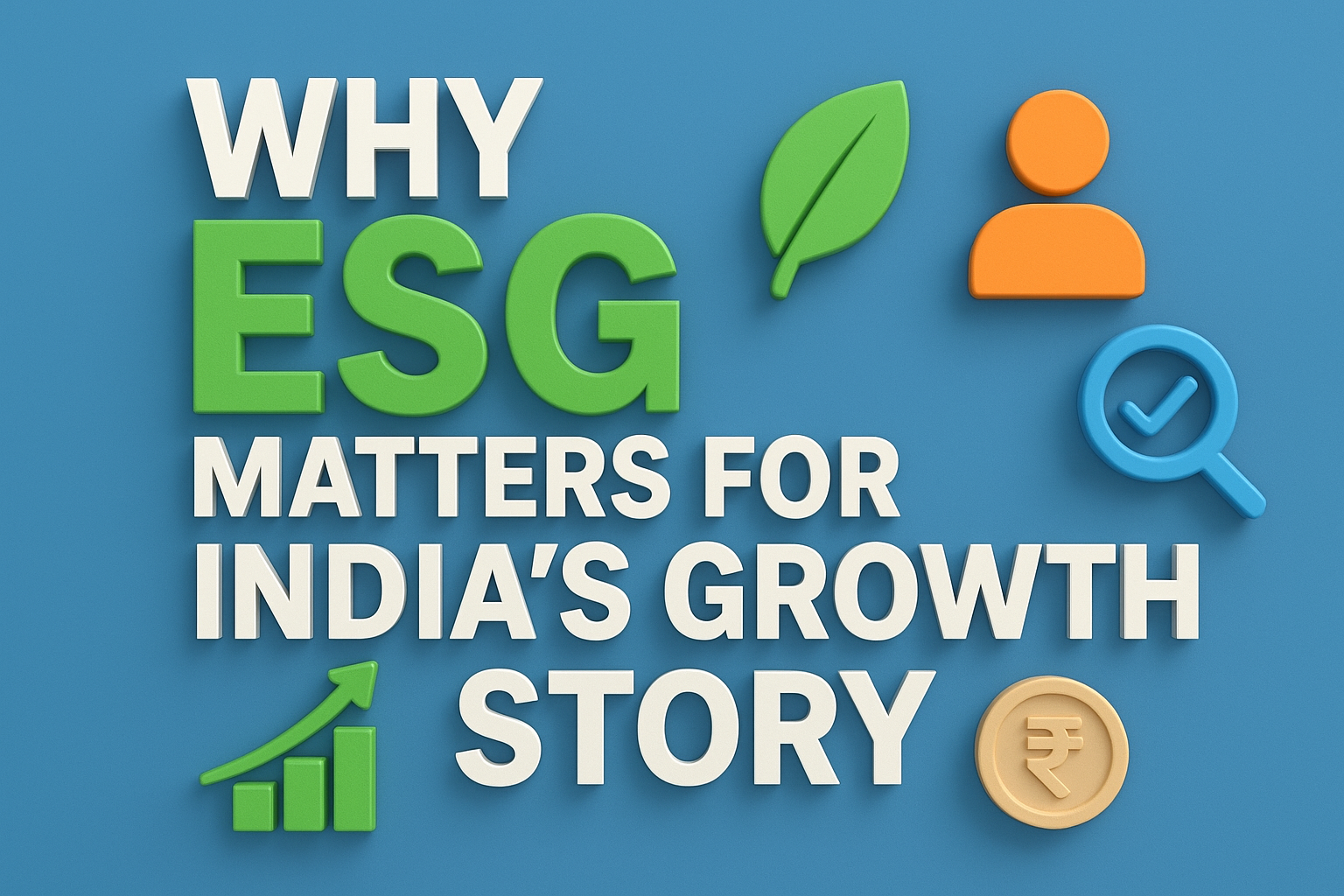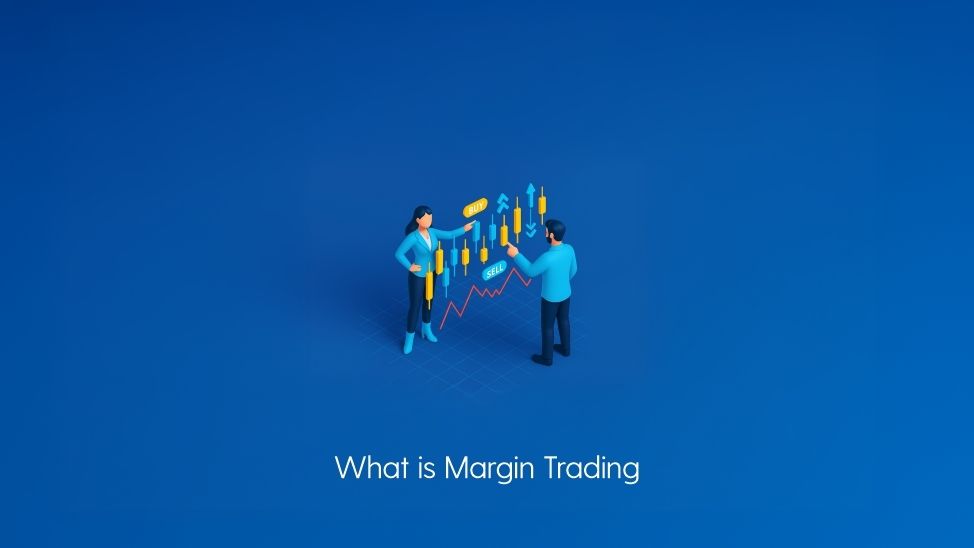Why ESG Matters for India’s Growth Story

- Published Date: October 07, 2025
- Updated Date: October 07, 2025
- By Team Choice
For India, ESG is not just a western trend, but it is about balancing growth, inclusivity, and sustainability in the world’s most dynamic market. India is at the crossroads, as it is the fastest-growing large economy and also one of the most climate-vulnerable nations. India is the 3rd largest carbon emitter worldwide but also a leader in renewable energy adoption. This makes it important for us to thoroughly understand the concept of ESG.
ESG stands for Environment, Social, and Governance. It will bridge the transition from profit-only capitalism to sustainable capitalism, giving investors an exposure to responsible investing.
What Exactly does ESG Mean?
Environment (E): How does the company impact the planet? This includes factors such as carbon footprints, use of renewable energy, waste management, and pollution. The companies with smaller carbon footprints and those moving towards sustainable energy sources will score well on this front.
Social (S): This studies how the company maintains its relationship with its people—employees, customers, and suppliers. This also keeps in mind the policies that the company has for its employees.
Governance (G): How a company is being run. A company with good governance will have shareholders' rights, independent and diverse boards, transparent accounting, and zero corruption. Such companies will carry out their business ethically.
BRSR
The Business Responsibility and Sustainability Report (BRSR) is an ESG disclosure framework that has been made mandatory for the top 1000 listed companies by SEBI. This has standardized the ESG disclosure framework, making it easy for the investors to have comparative analysis. It has also brought transparency to the company’s environmental, social, and governance performance.
ESG-Driven Investing
The first ESG-focused mutual fund in India was launched in 2018, but since then many AMCs have rolled out ESG-related schemes. These funds usually invest in companies that score high on ESG metrics. Such funds come under the thematic type of mutual funds. While every fund manager may have different criteria apart from the ESG metrics that help them take a final call about the companies to invest in. For instance, a fund manager may include a company with high carbon footprints that is promising to reduce the emissions in the coming future.
The Indian corporates have started tapping into green bonds for investing in ‘green’ projects. India has become one of the largest issuers of green bonds in the Asian geography. Some NBFCs and banks have also started lending loans at a lower interest rate for projects linked with sustainability.
Conclusion
ESG-linked funds provide investors an opportunity to allocate capital in companies that demonstrate strong environmental, social, and governance practices. They provide investors exposure to companies that are progressive, resilient, and aligned with global sustainability goals. While this category is still new in India, it comes with slightly higher costs and occasional underperformance during sectoral cycles. With a long-term view, these funds can add stability and purpose-driven growth when included as part of a diversified portfolio.
Recommended for you

Margin Trading: Meaning, Features, Advantages

FII DII Data - Live Data

Share Market Prediction For Tomorrow
